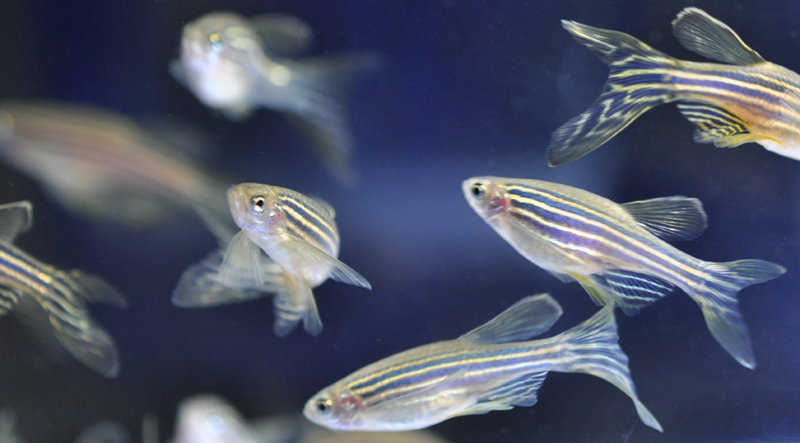From Sequence to Function
Posted by CMDooley, on 17 May 2013
It took longer than the human genome, if by only a few years, but it has finally arrived. The sequencing of the zebrafish (Danio rerio) genome reported in Howe et al. is one of two zebrafish publications to recently appear in the journal Nature. The second article, Kettleborough et al., makes use of this high quality genome sequence and not only creates the tools required for the functional annotation of all zebrafish protein coding genes, but describes the active pursuit of this goal.
About a decade ago, when the human genome was first published, there was a lot of hope and expectations that this would lead to an immediate advance in the treatment of many diseases and the understanding of ourselves. As these things often are, it turned out there is a lot more to understanding our genomes than just the decoding of a reference sequence. Now with the zebrafish genome in hand it is possible to see that 70% of human protein coding genes have a direct zebrafish ortholog. This at the same time represents 84% of all human genes with a disease association in OMIM. Although both vertebrate organisms it still remains striking, almost humbling at just how close we as humans are to our aquatic relatives. It will be the continuation of detailed investigations involving model organisms which will play a fundamental role in connecting genotype to phenotype.
It is exactly this similarity which forms the basis of Kettleborough et al.’s approach in actively knocking out all 26,000 zebrafish protein coding genes. We still do not understand the function of a large proportion of our own genes but by providing loss of function alleles as a resource to the greater community and also functionally annotating these alleles we will hopefully gain greater insight into our own genomes.
Investigating the phenotypic outcomes of these alleles is now well under way at the Wellcome Trust Sanger Institute. The phenotypic consequences within the first 5 days of development are evaluated and annotated as part of a multi-allelic phenotyping approach explained in detail in Dooley CM et al.
All alleles, availability, phenotyping information and much more is available at: http://www.sanger.ac.uk/Projects/D_rerio/zmp/ so stop by and have a look!



 (3 votes)
(3 votes)